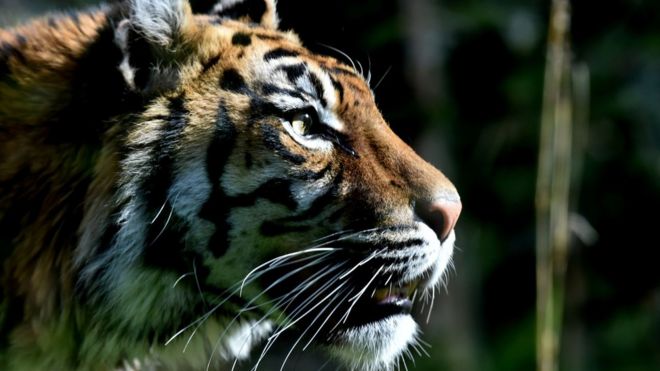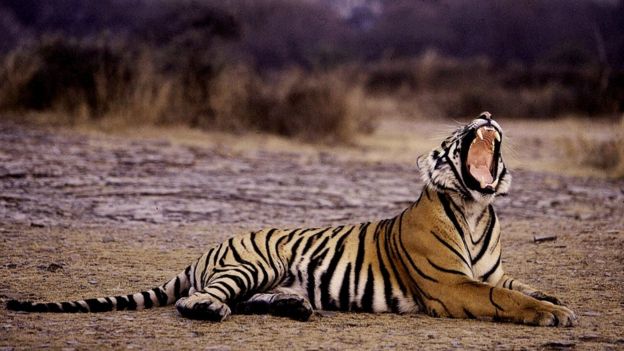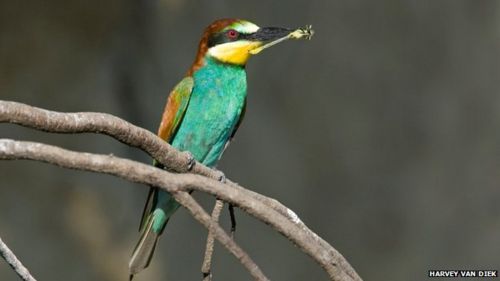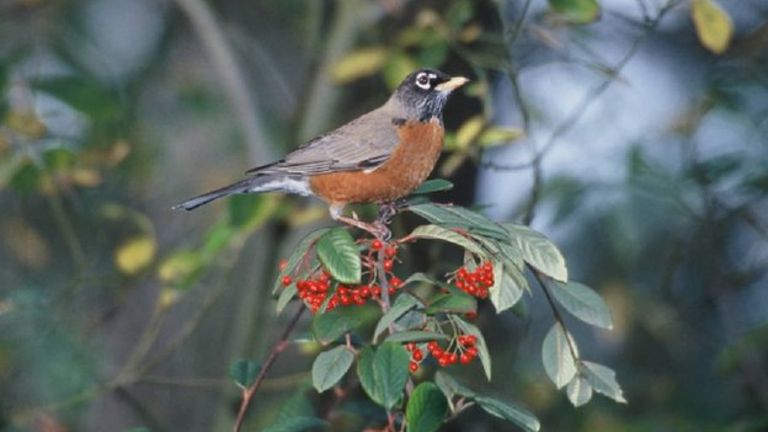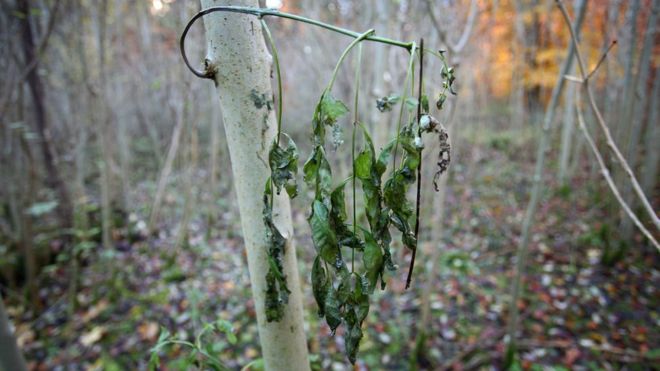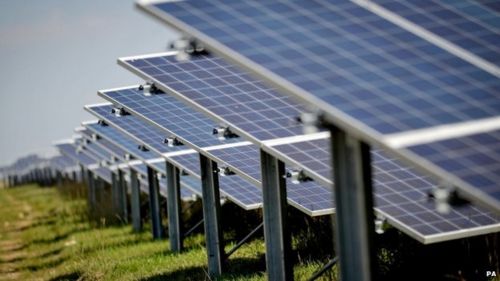Global investment in renewable energy hit a record US$285.9bn (£202.3bn) in 2015, beating the previous high of $278.5bn set in 2011, a study shows.
The solar and wind industries remain the driving force behind the growth in investment in the global renewable energy sector
In another first, more new renewables capacity than fossil-fuel generation came online during 2015.
But it warned that much more had to be done to avoid dangerous climate change.
The assessment, produced by the Frankfurt School-Unep Collaborating Centre for Climate and Sustainable Energy Finance and Bloomberg New Energy Finance, showed that the developing world committed a total of US$156bn (up 19% on 2014 levels) in renewables (excluding large hydro) while developed nations invested US$130bn (down 8% from 2014 levels).
"A large element in this turnaround was China, which lifted its investment by 17% to US$102.9bn, or 36% of the world total," the report observed.
However, other developing nations also contributed as six of the top 10 investors were developing nations.
In the foreword, UN secretary-general Ban Ki-moon said the report's findings increased confidence that a low-carbon world was obtainable.
He wrote: "We have entered a new era of clean energy growth that can fuel a future of opportunity and greater prosperity for every person on the planet."
However, he warned that in order to avoid dangerous climate change required an "immediate shift away from fossil fuels".
At the Paris climate talks, nations agreed to decarbonise the global economy by the end of the 21st Century
UN Environment Programme Finance Initiative's Eric Usher, one of the assessment's co-authors, said the findings were, overall, positive and seemed to indicate that a shift was occurring.
"Renewables investment is at a new high, and investment is shifting geographically with developing countries investing more than developed countries for the first time (55%/45%)," he observed.
However, he did add that there were areas that caused concern when the focus shifted to regional or national levels.
"There is a still a lot of uncertainty, especially within Europe, with a degree of policy backtracking or the phasing down of support for the (renewables) industry," he told BBC News.
Fellow co-author Ulf Moslener, head of research at the Frankfurt School-Unep Centre, said the latest figures indicated that shifts in attitude, as well as structure, were occurring.
"This level of investment means... more than half of the capacity added to the global energy mix is renewables-based," he said.
Prof Moslener added that renewable generation was still dwarfed by fossil fuel-based sources, and only accounted for 10% of the global mix.
"That shows us that we are quite far from having a system that is based on renewables," he told BBC News.
Lead author Angus McCrone, chief editor at Bloomberg New Energy Finance, said that although global oil prices had fallen sharply recently, the cost of generating electricity via renewables had also decreased significantly, adding that there were also other factors that made the industry attractive to investors.
"One advantage that renewables has is that it can be built very quickly," he explained.
"If you are a power-hungry emerging market in Africa or South America, for instance, you can put up a wind farm in six to nine months, or a solar plant in three to six months.
"However, if you want to put up a coal-fired power station, it is going to take three or four years. A nuclear power plant is going to take substantially longer than that."
From BBC News-Science / Environment
